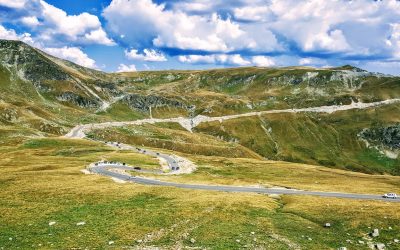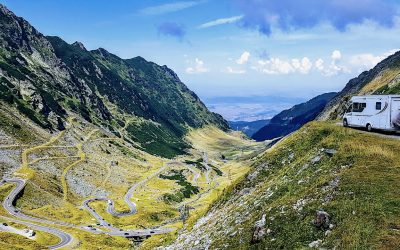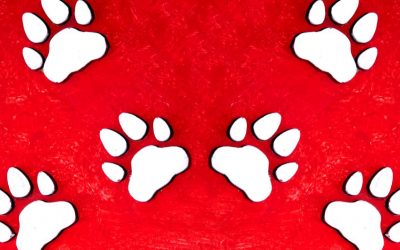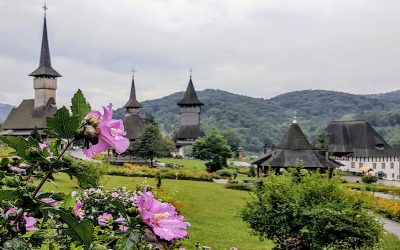As we look back at 2017 and our highlights - Eastern Europe is going to always stand out to us. Whilst we love Western Europe, our curious...
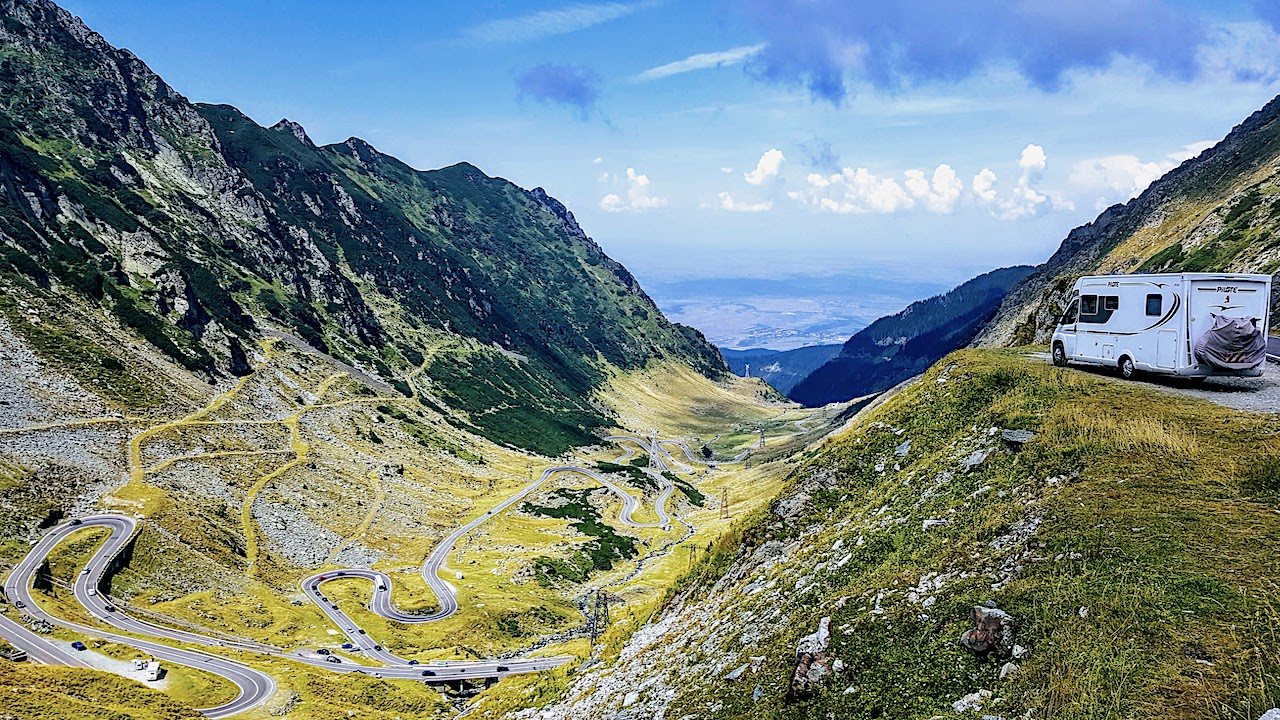
Romania
Romania
We felt quite brave visiting Romania in 2017, yet it didn’t take long for our affections to be ignited by its gentle, kind and endearing energy. From the Danube Delta, the Moldavian Painted Monasteries, Bucharest, the Transfagarasan Pass and the Transalpine route, we were treated to a treasure trove of goodies. Our videos over on our Youtube channel and these blogs might just give you a new perspective of this little visited Balkan country.
The Best Drives in Romania
If you're a petrol-head, what would you class as the 'Best Drive in the World?' Let's face it, there are plenty to choose from and many...
Zarnešti Bear Sanctuary, Romania
"The thought of seeing traumatised bears in captivity, albeit in the care of a loving environment, made me shudder." Mother Nature...
Visiting Romania’s Painted Monasteries
Romania is famous for many things; Transylvania and its Medieval Castles, Count Dracula and Bran’s Castle amongst other things. Although...
Follow us
You can find us on social media,
different channels for different content.

